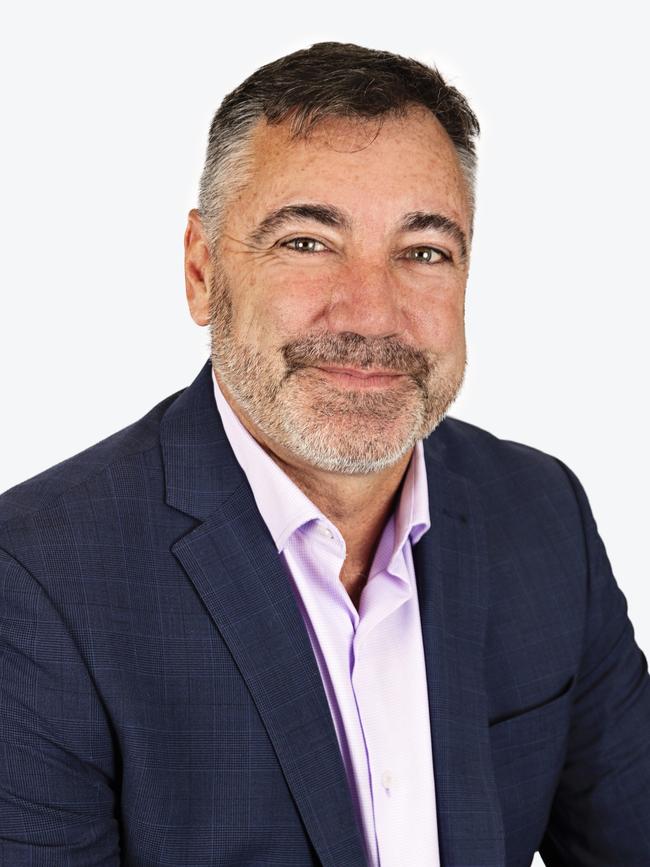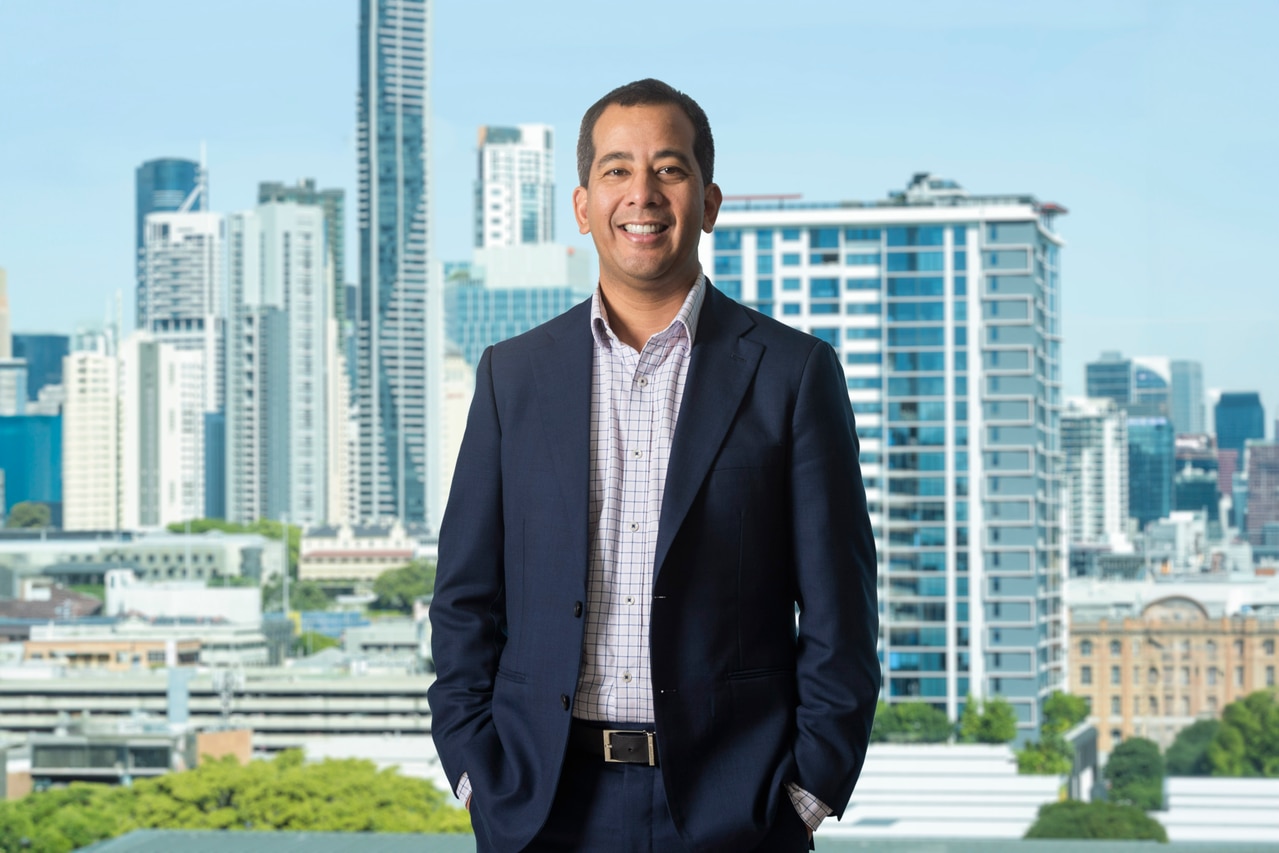Wellbeing is a key focus of life in retirement villages
Bolton Clarke is focusing on empowering retirement village residents to take control of their health and supporting them with additional services.

The experience of ageing in Australia is changing, particularly as the first baby boomers settle into their 70s.
Part of that change is a preference for ageing in place at home – for many, the post-retirement years are the time for downsizing that home to free up retirement income, move closer to family or reduce the demands of home and garden maintenance.
Australian Housing and Urban Research Institute data from 2020 found of 2400 plus survey respondents aged 55+, just over one quarter had already downsized and a further 29 per cent had considered the change. Lifestyle reasons were the most common for making a move.
For about 250,000 Australians, a retirement living community has been their downsizing choice, with about 25,000 communities nationally and counting.
A key benefit of these communities is that the homes and community spaces within them, whether standalone or in modern vertical villages, are designed for ageing in place, with opportunities to get involved in a range of group activities along with facilities like senior-specific gyms, pools and sporting facilities. Increasingly they are also part of master-planned local areas to allow easy access to walkable neighbourhoods, public transport and services.
Retirement Living Council data shows retirement village residents are 20 per cent less likely to require hospitalisation, potentially because they are more likely to be physically active and socially engaged.
But with the average age of village residents sitting at 80, it’s time to go beyond design and get even more proactive about helping retirement village residents achieve their goal of ageing in place.

Central to a wellbeing approach for villages is empowering people to take control of their own health and supporting them with additional services at home.
The solutions don’t need to be complicated, but they do need to be smart. For example, the University of Queensland has been working on ways to prevent and minimise the impacts of hearing loss for village residents.
The Bolton Clarke Research Institute’s biennial health and wellbeing survey for village residents identified almost half experienced hearing issues and more than 60 per cent had some kind of vision impairment. These in turn were having an impact on areas like the ability to make strong social connections and on falls risk.
Working with the University and with residents, Bolton Clarke villages have been engaging residents with hearing checks and new equipment to minimise the impacts of hearing loss. At the same time they’ve been improving community environments to make them friendlier for people with hearing and vision impairments – simple changes like acoustics that can make it easier for everyone to participate in activities and events.
Separately, the organisation’s home and community support nurses have been helping village residents overcome some of the traditional barriers to accessing support at home by basing home care workers in the village. Residents use a booking system to choose their own service times with the carer of their choice from a regular on-site team. By drawing on connected services, this kind of model has the potential to help people live independently for longer.
Life expectancy for the average Australian today is 84 and growing. When our organisation started caring for Australians in 1885, it was 65.
Focusing on new solutions to help people live positively for every one of those years is our greatest social challenge today – and one we’re ready to accept.
Brett Rice is COO Retirement Living, Bolton Clarke.


